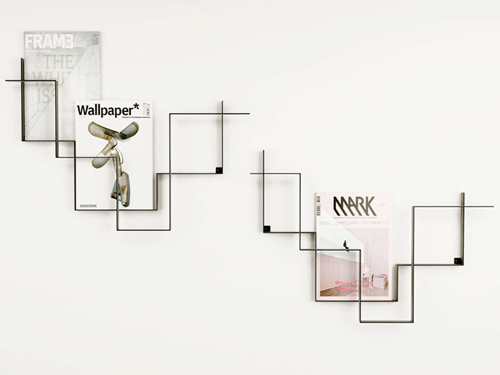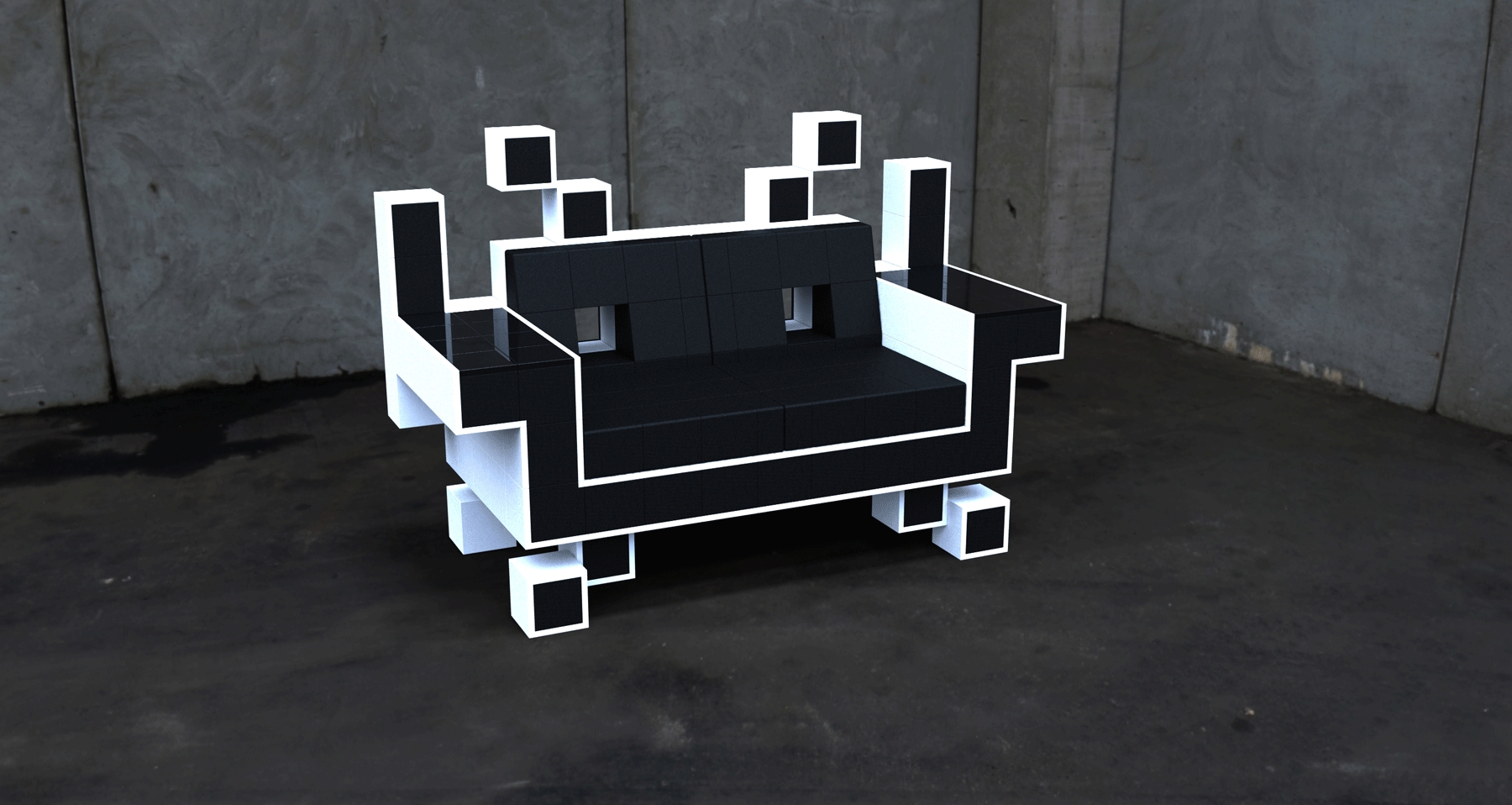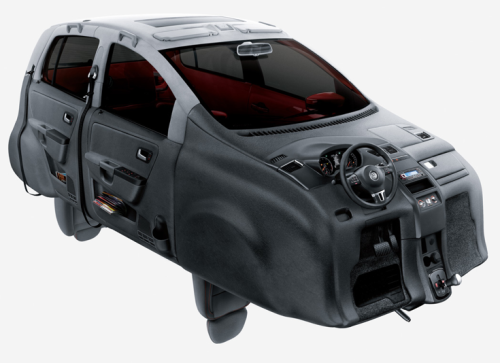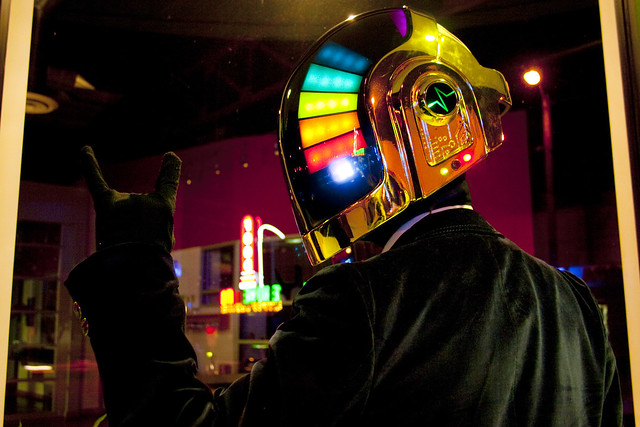
“Simplicity is elegance” is the theme of the forward-thinking M-Dress (or Mobile Phone Dress) from CuteCircuit. It is a silk jersey dress that doubles as a cell phone.
The M-Dress was designed after our research showed that very often phone calls are missed because mobile phones are quite awkward to carry, especially for women, that have garments with small or no pockets.To allow women to stay connected while remaining stylish, CuteCircuit designed the M- Dress. A mobile phone in its own right but built out of soft circuitry.
A SIM card is inserted into a tiny slot located behind the dress’ label. The antenna resides in the dress hem. The dress uses “special gesture recognition” to answer a phone call; simply raise your hand to your ear and the call picks up and drop your hand to your side to tell the built-in sensor to end the call. It’s that simple, really. “It doesn’t make you look completely crazy like the Bluetooth-earpiece people,” says designer Francesca Rosella. “You don’t have anything in your hand, but you at least look like you might be holding a phone.” True dat. Since there is no user interface or dial pad, the dress can only be programmed to call one number. It can, however, receive calls from anyone. “It’s not meant to wear every day, Rosella explains. “It’s for a special evening when you don’t want to be bothered carrying all of your plastic boxes.”
The M-Dress is coming “soon” and a price point has yet to be disclosed.
[Via Gizmodo; CuteCircuit; TheStar]










































